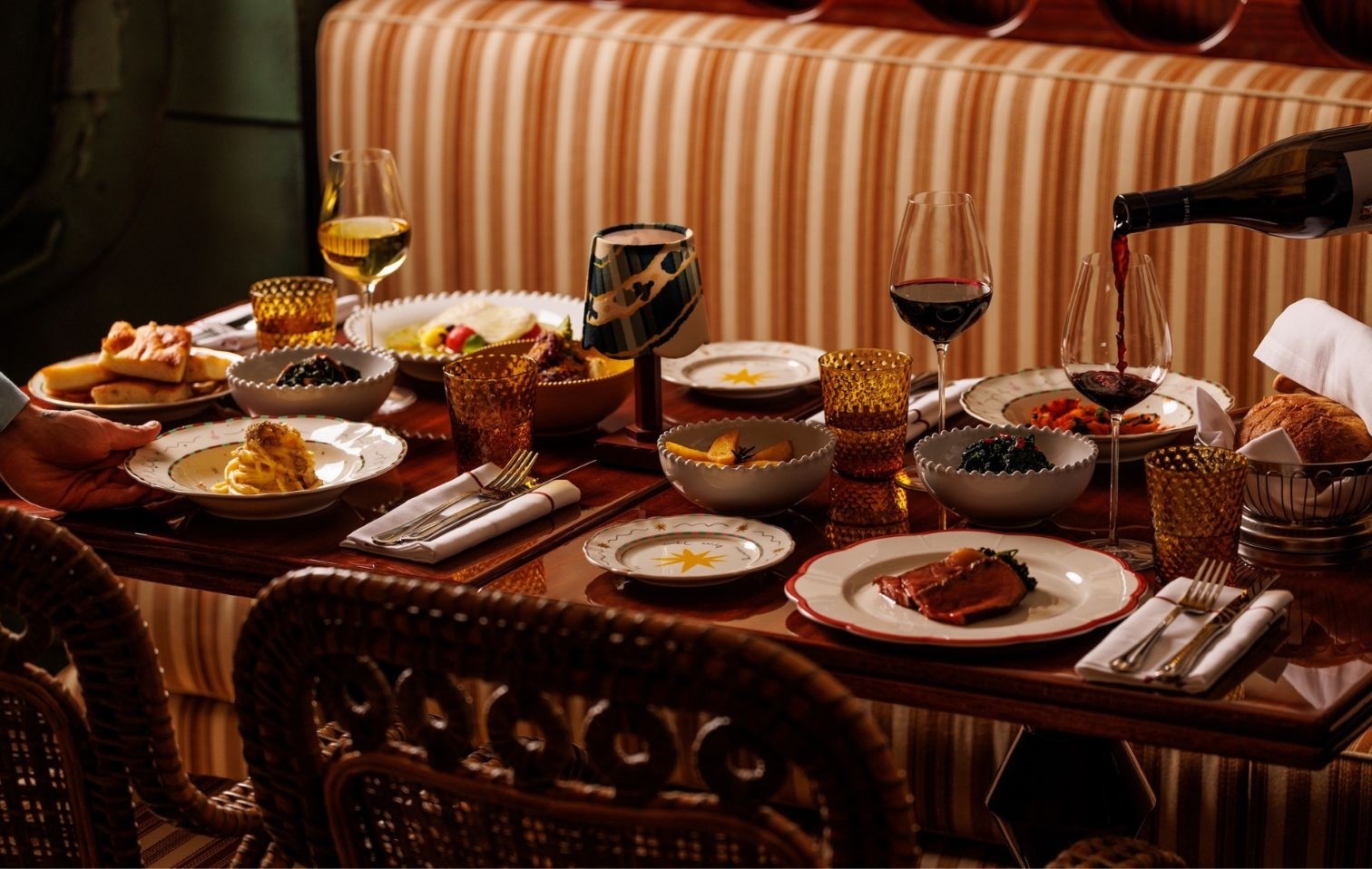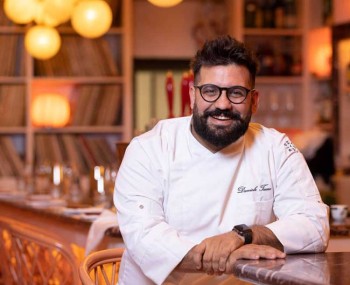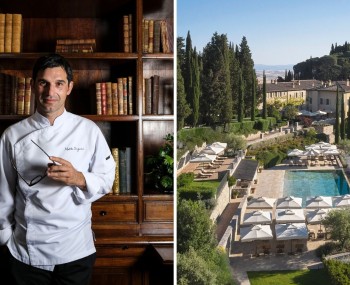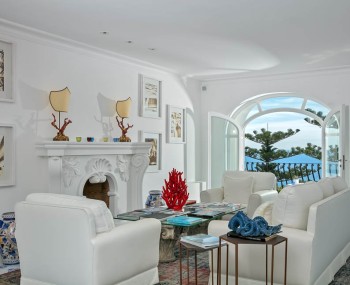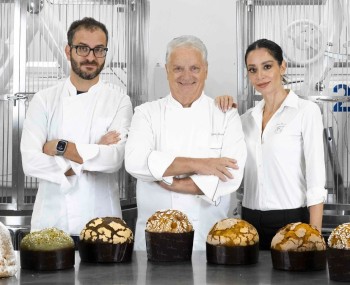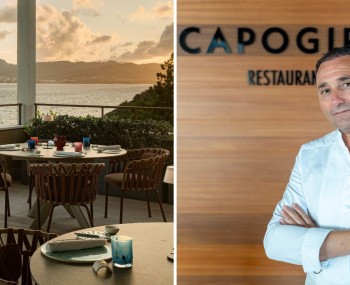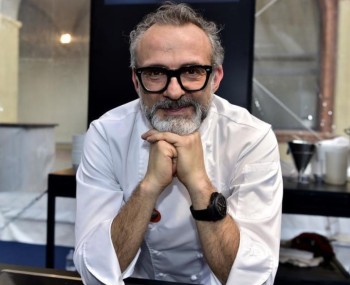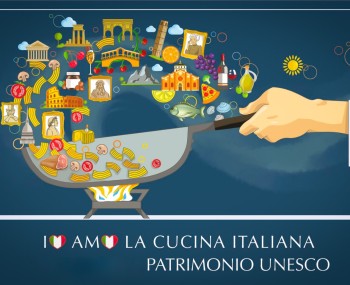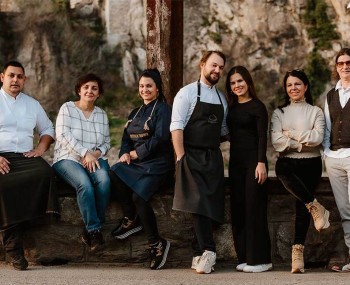Inside a 5-star luxury hotel hides a restaurant with the best sellers of Italian “mangiar bene,” from vitello tonnato to gricia and baba: this is Casa Monti, a greedy project of the Capitoline hotel of the same name that exalts regional gastronomy with a style all its own. In the background is a dwelling where the warmth of hospitality coexists with the artistic depth and artisanal vocation of the neighborhood.
Photos of dishes and drinks: Andrea Di Lorenzo
If I told you where I tasted the best gricia in months, you would be at least surprised by the place and the context. We Romans are inherently convinced that the monuments of Latian cuisine find their highest degree of representation in the old-fashioned signs with worn furnishings and the innkeeper “notebook in hand,” but the truth is that often the right dish must be sought with the open-mindedness of one who knows how to shake off any old certainty.
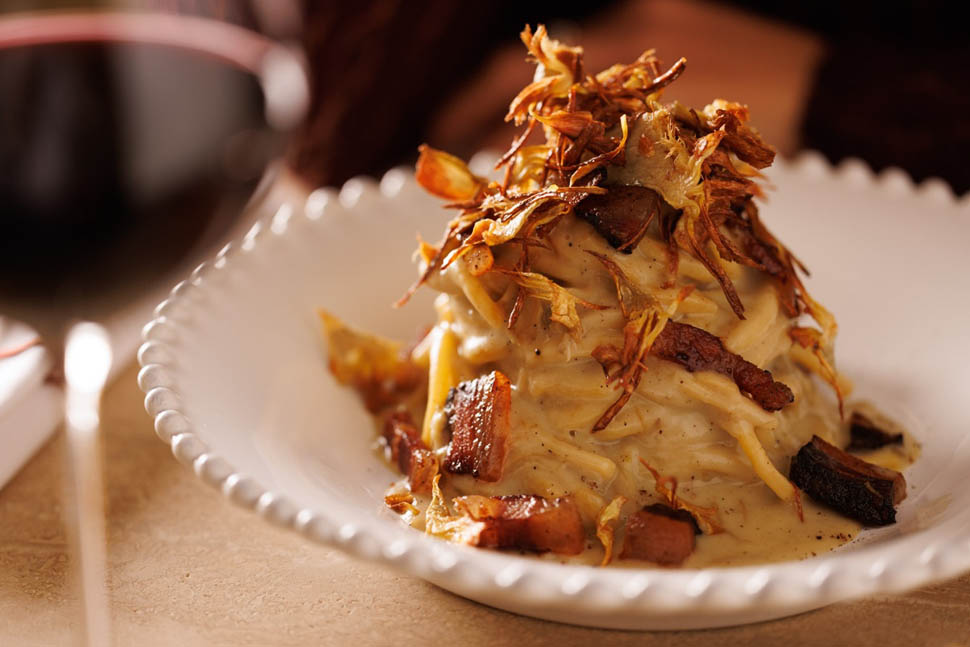
To overcome the impasse, all you need to do is get to Via Panisperna, a narrow street historically dotted with a parure of stores ready to defend their old-fashioned charm to the sword against the invasion of “shop-meteora.” Here, to brighten the natural hues of a spring now in its dawning, makes its contribution Casa Monti, 5-star luxury and third hotel wager of the French brand Leitmotiv Group; a dwelling far from the congestion of the center that reads and reinterprets the artistic dynamism of the capital, presenting itself as a “gathering of authors” called upon to saturate the spaces with assorted works.

To this, however, we will come back better in a few lines, because after all “one cannot think well, love well and sleep well if one has not eaten well ”-Virginia Woolf docet. So, we'll go straight into the property's restaurant, where the gricia turns the tables with an out-of-the-ordinary outfit.
Casa Monti: the restaurant and the chef

Not just local dishes, not so much the “innovated tradition”: the banality of pseudo-authentic claims at Casa Monti gives way to the desire to say something different about all those best sellers that we have tested dozens of times from North to South, trying to intercept their relevant aspects to make them really relevant. A “possible mission” entrusted to chef Umberto Tuccio, Sicilian by birth and Tuscan by adoption, later migrated to the City of Rome to warm up the engines of the entire gastronomic circuit of the complex.
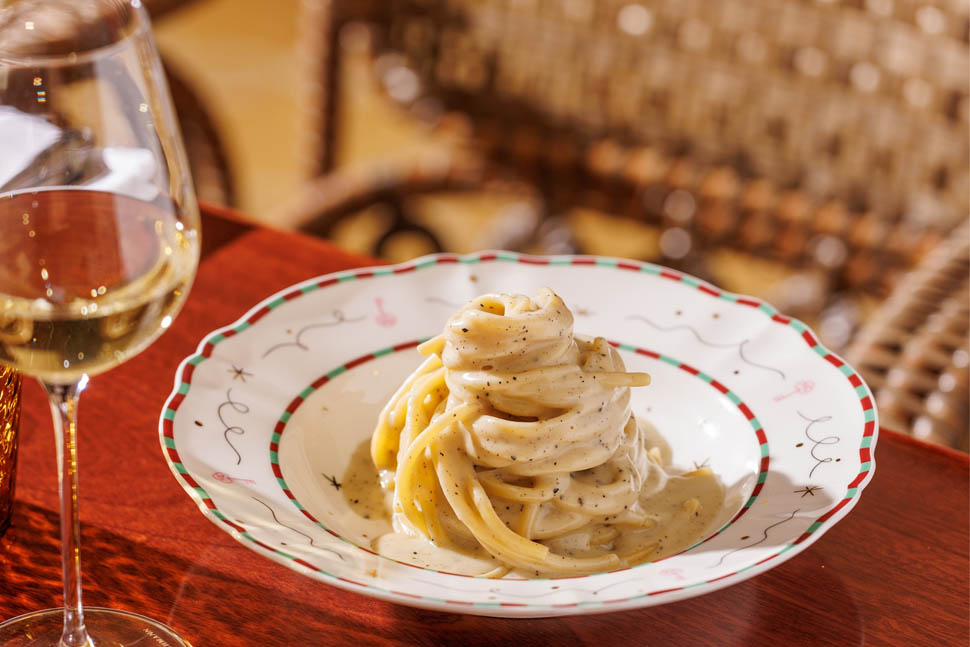
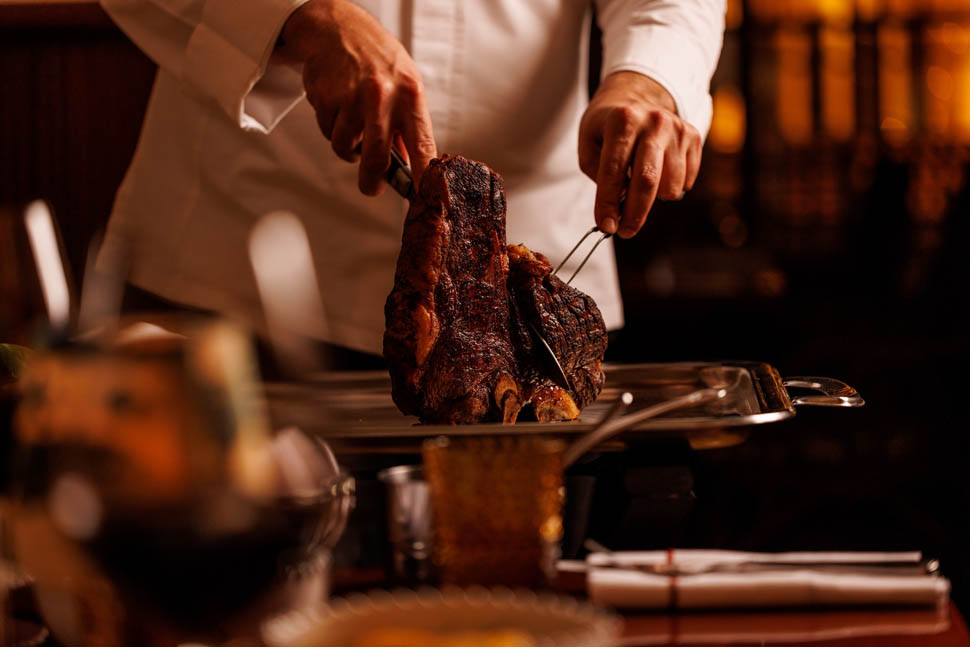
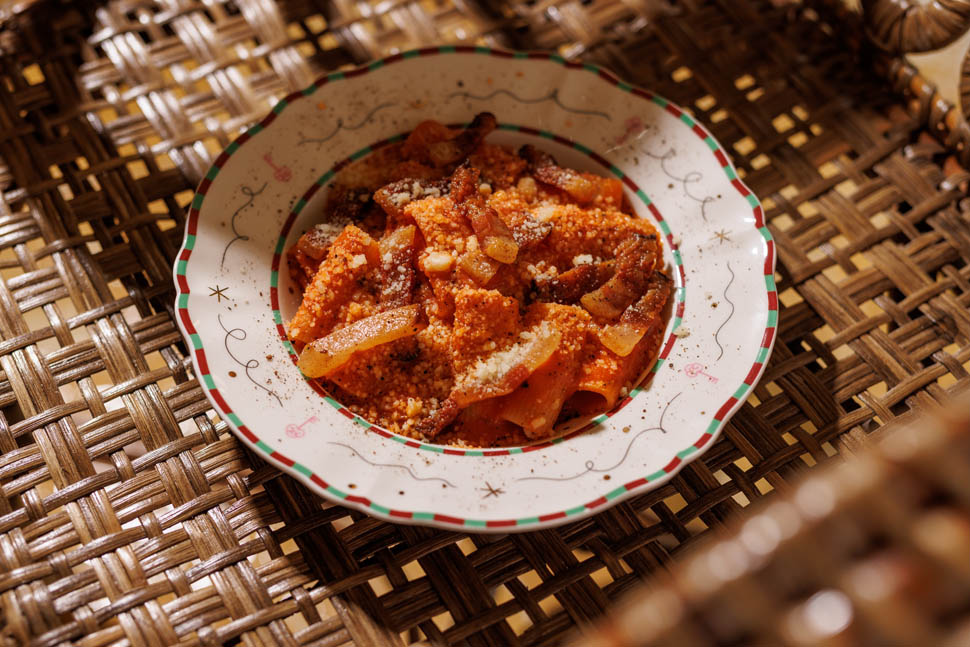
The challenge is placed in a chic, yet lively space in the registers of hospitality. This is demonstrated, for example, by the modernization of the fireplace by Giuseppe Ducrot, who converts the “totem” of domestic hospitality into a blue-green glazed ceramic sculpture, as if to ennoble the hearth through baroque details; or, the lithographs by Alberto Giacometti and the black-and-white art film effect glimpses, immediately reminiscent of the dreamy scenes of La Dolce Vita.
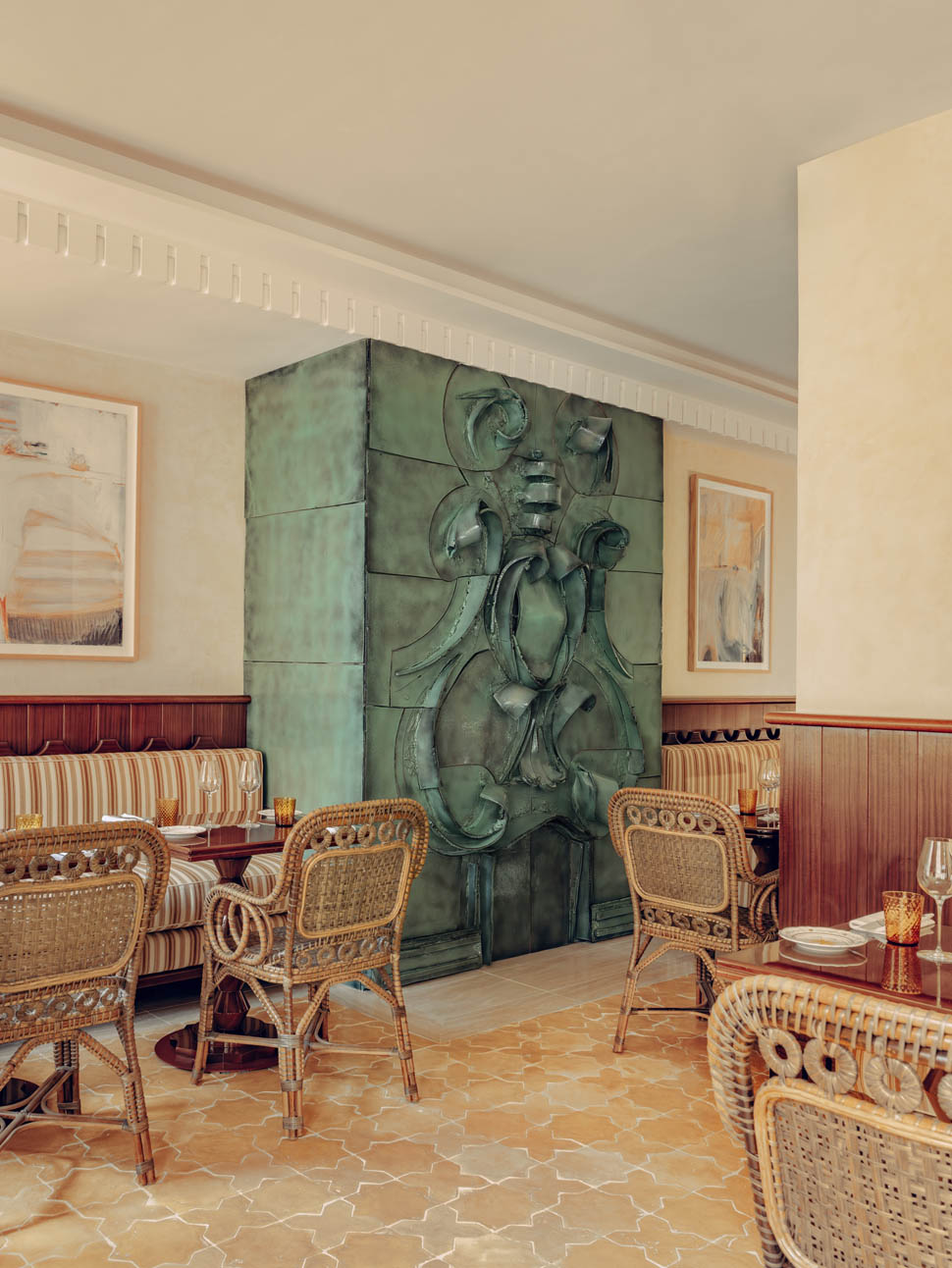
Notwithstanding the open-air environment-particularly popular for lunch-what is thus striking is the pleasant mixage of styles in the rooms reserved for dining, as well as communicating with the cocktail bar and set up every morning for breakfast (brief Sunday interlude: brunch from 12 p.m. and the Dancing Tea Party from 5 p.m., recently opened for outside audiences).

It goes without saying that Tuccio's proposal is born and grows in a tourbillon of stimuli, provided both by a rather large audience (among residents and travelers) and by the confrontation with an ownership that is very attentive to the cultural component. And here is the result: a sequence of courses that amalgamate visual immediacy with a cautious technical momentum. Not surprisingly, the savoriness of the first courses makes a virtue of moderation, the second courses insist on the alliance pact between meats, herbs and vegetables, and each dessert offers evolutionary cues over the excesses of “old-fashioned” opulence.
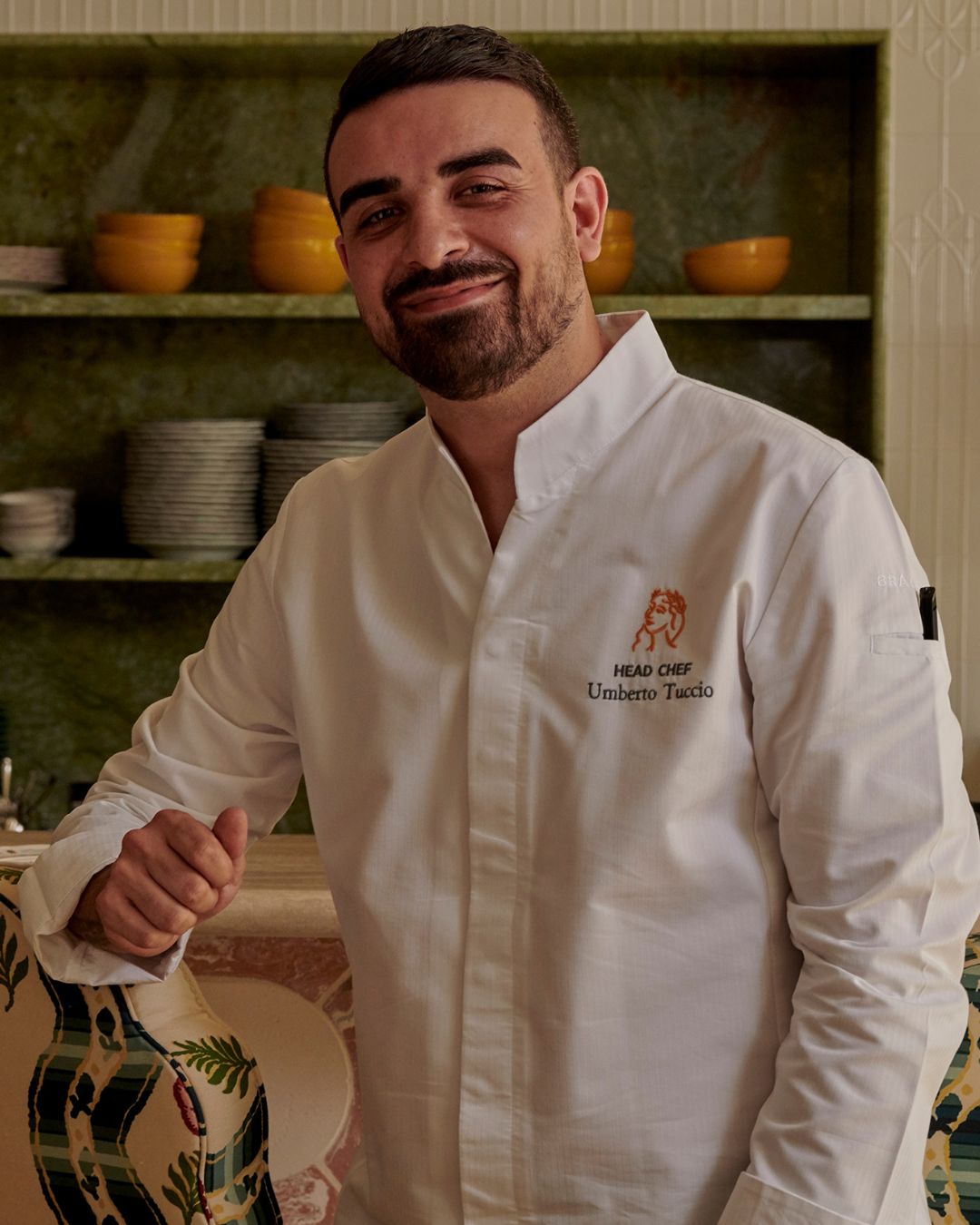
Casa Monti restaurant's dishes
The cadeaux at the beginning of the meal -squares of warm focaccia dotted with grains of Maldon salt- mimic the snack of popular Romanity, alternating the classic crunch with a fluffy crumb. Thus, as soon as you enter, you sit down, settle in, and within five minutes you are already biting into the golden slice with a reinforcing bubbly fished from a cellar of about 90 labels (among which a good 20 percent winks at excellence from beyond the Alps, while the remainder traces the identikit of a virtuous Lazio, not forgetting the focus on Metodo Classico).
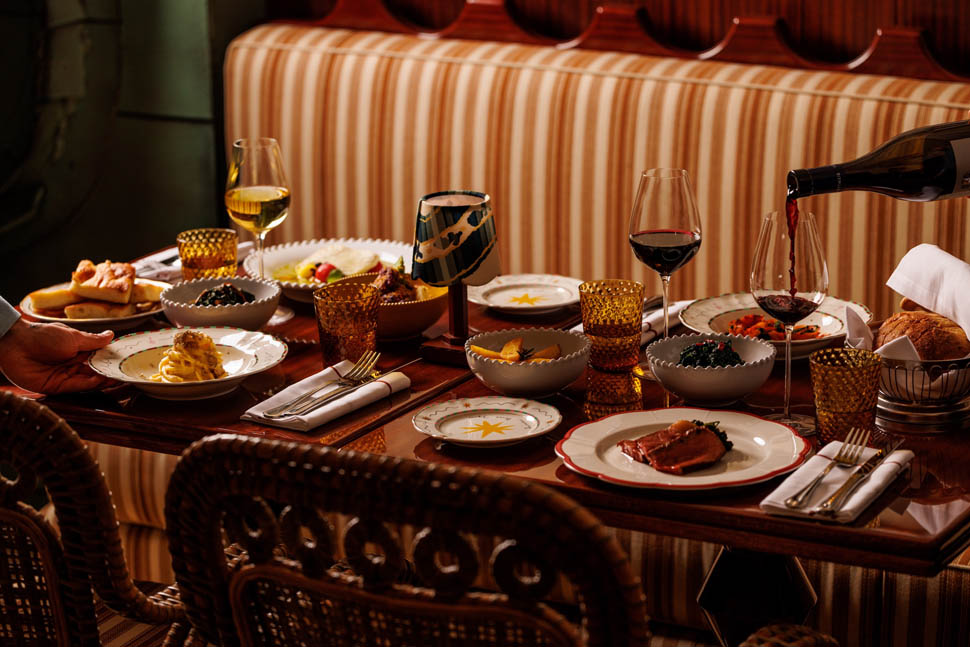
In the carousel of openers , the Vitello tonnato works well, with the tender soul further appeased by the low-temperature transition. Don't expect, however, the usual repertoire sauce: “To make the mayonnaise I start from the egg poché, incorporating fish stock in addition to anchovies, capers and tuna, ” the chef explains. The result is an iridescent version that, far from merely unlocking stainless memories, finds the right balance between saltiness and meatiness, echoes of the sea and persistence of the veal base. In short, old but gold.

Then, surprisingly, the revenge of starches: Tuccio's Tonnarelli alla gricia , in our opinion, are among the most worthwhile in the area. The coup de théâtre? The artichokes present in fine, dry pasta sheets, aided by a mild oil cooking that emulates fried food without loading the dish. “I wanted to avoid any kind of aggressive treatment and give the primizia equal autonomy to the guanciale, a presence in itself cumbersome because of the distinct roasting notes.” Goal cut with a ballet of silkiness and bite that adds “green” nuances to the basic recipe (on the transversal front, mention also the choice to employ a totally lactose-free pecorino). In the glass is Quintodecimo's Fiano di Avellino 'Exultet' 2023, with an equally multifaceted personality.
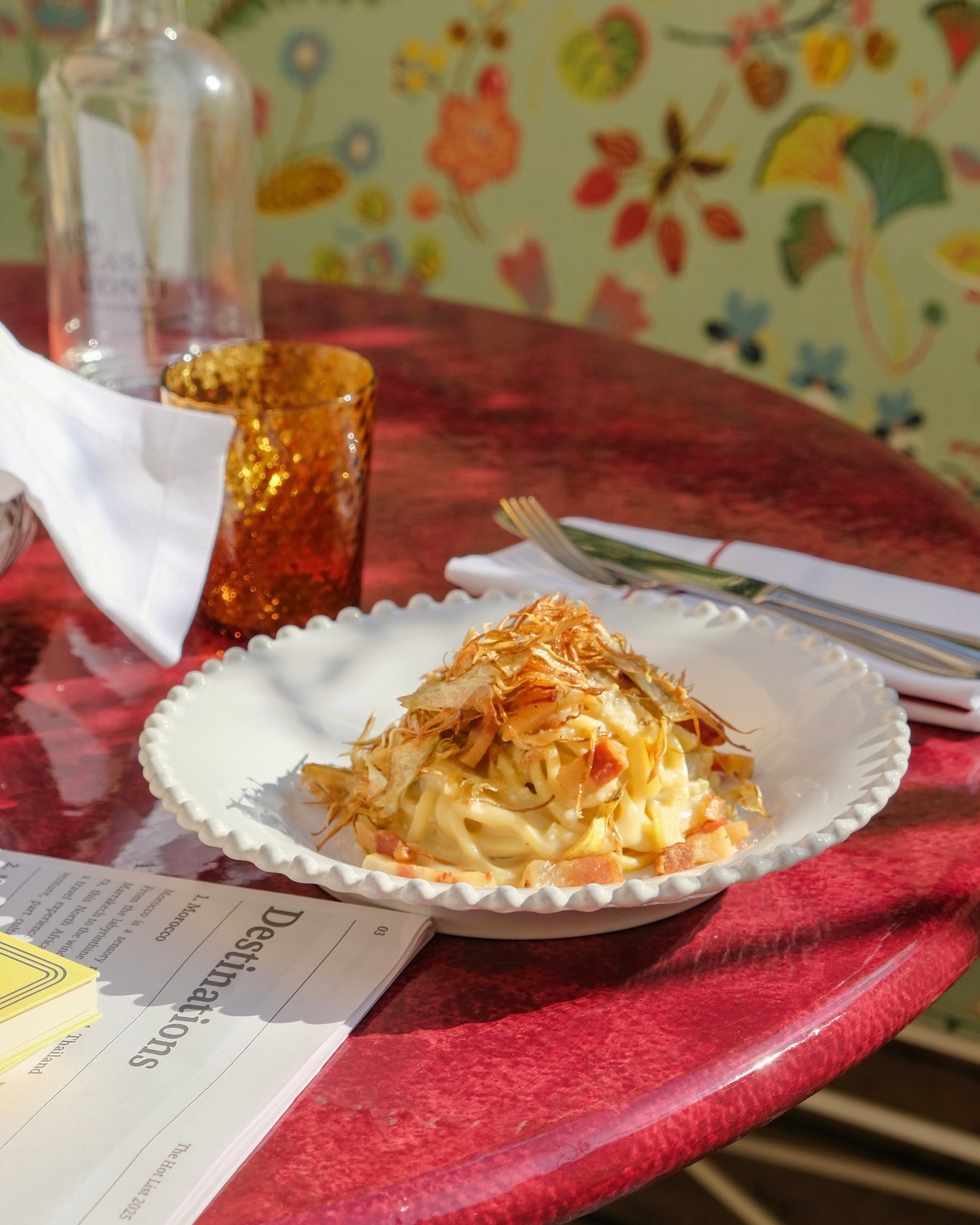
It is a tour of Italy for the Bottoncino di baccalà alla puttanesca, both for the cod filling with lemon zest (on the double Veneto-Rome axis) and for the “Made in Sicily” dressing with intense Mediterranean scents. Senonché 's ability to make the side dish a “primary” element returns in Rombo all'acqua pazza, where the datterini spheres fully concentrate the southern sunshine. “Once peeled, we let them go slowly at 40-50 degrees, partly evoking the natural ripening process we witness during the warm months.” Operating the olfactory lever is thyme brushed over the fish, in reference to Roman oregano- “because the territory, before you see it, you ‘feel’ it from the smells.” On the finish, the fragrance of the bone and herb broth draws a sharp line to pave the way for dessert.
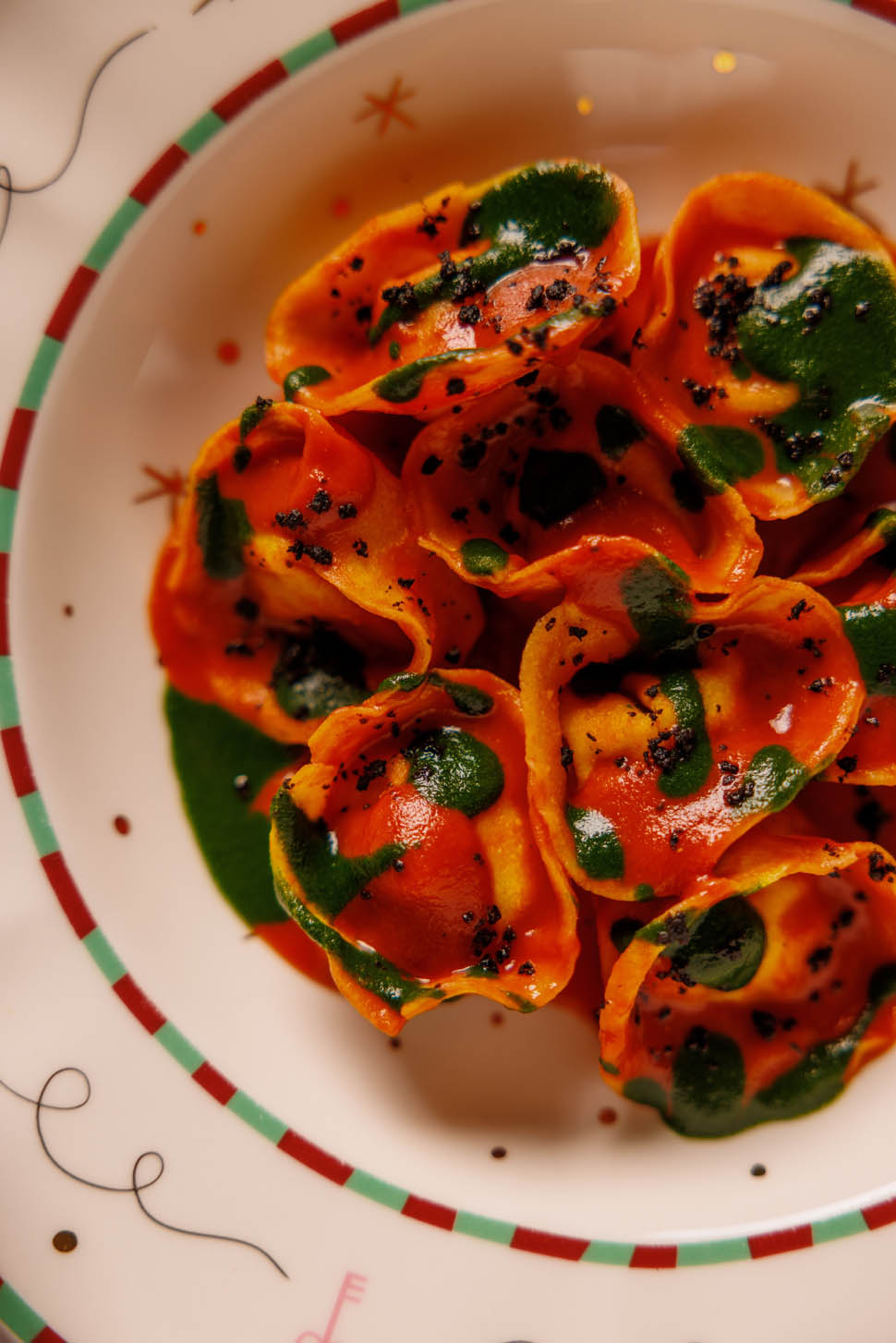
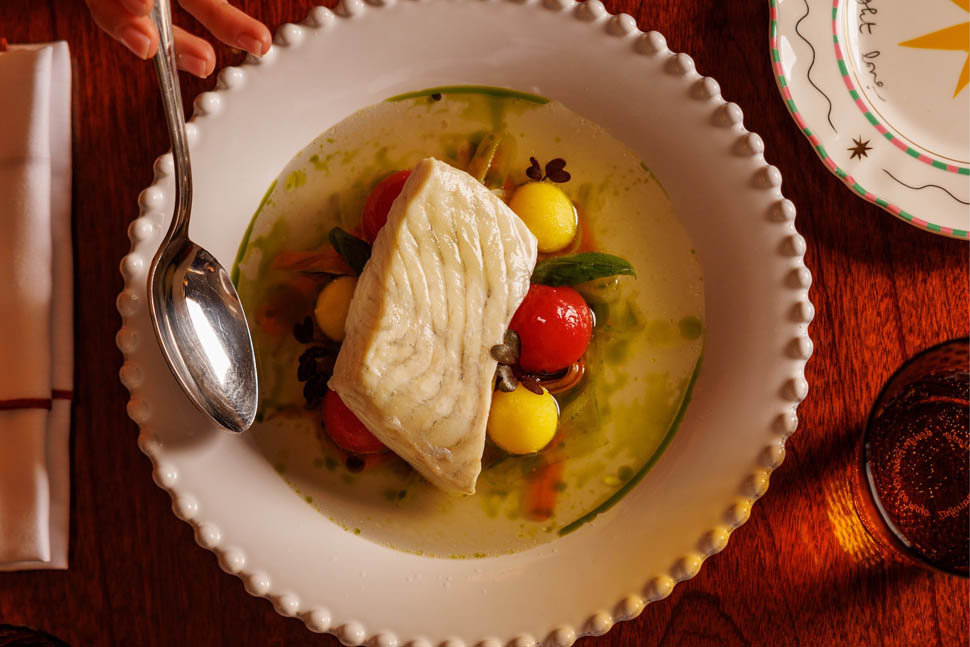
In addition to the excellent shared Profiterole, the advice is to be surprised by the Baba moistened with a syrup made with citrus fruits, star anise, cardamom and a small percentage of rum: it will be precisely the low-alcohol wetting that will bring fans of the dessert into agreement with those who often do not appreciate its pronounced aftertaste. After all, “lightening it allows us to serve a rum by the glass to close the pairing.” But -know this- the long wave of beverage extends to the “roof” of the hotel.
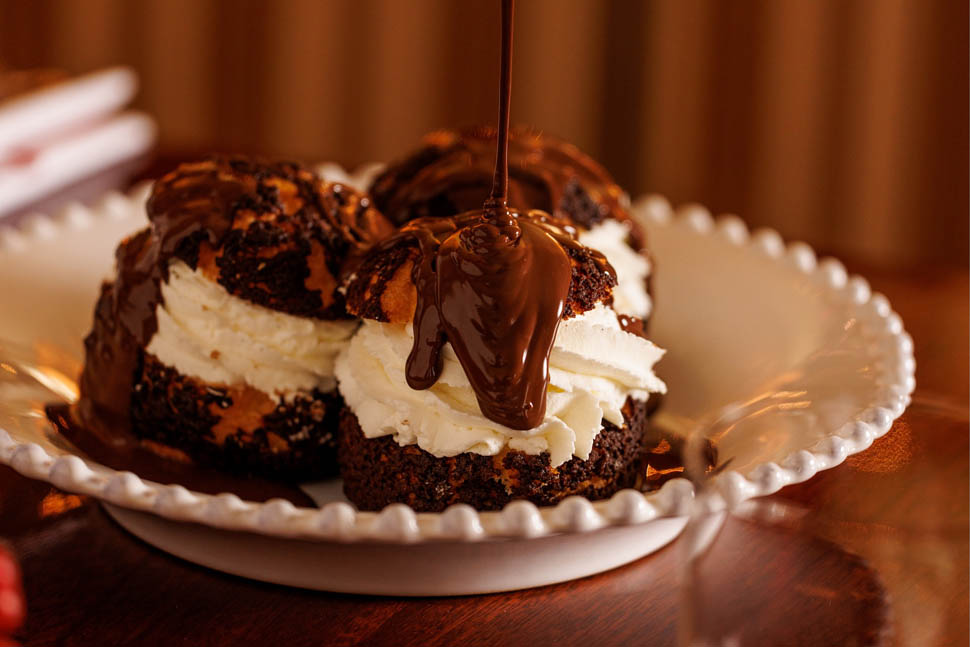
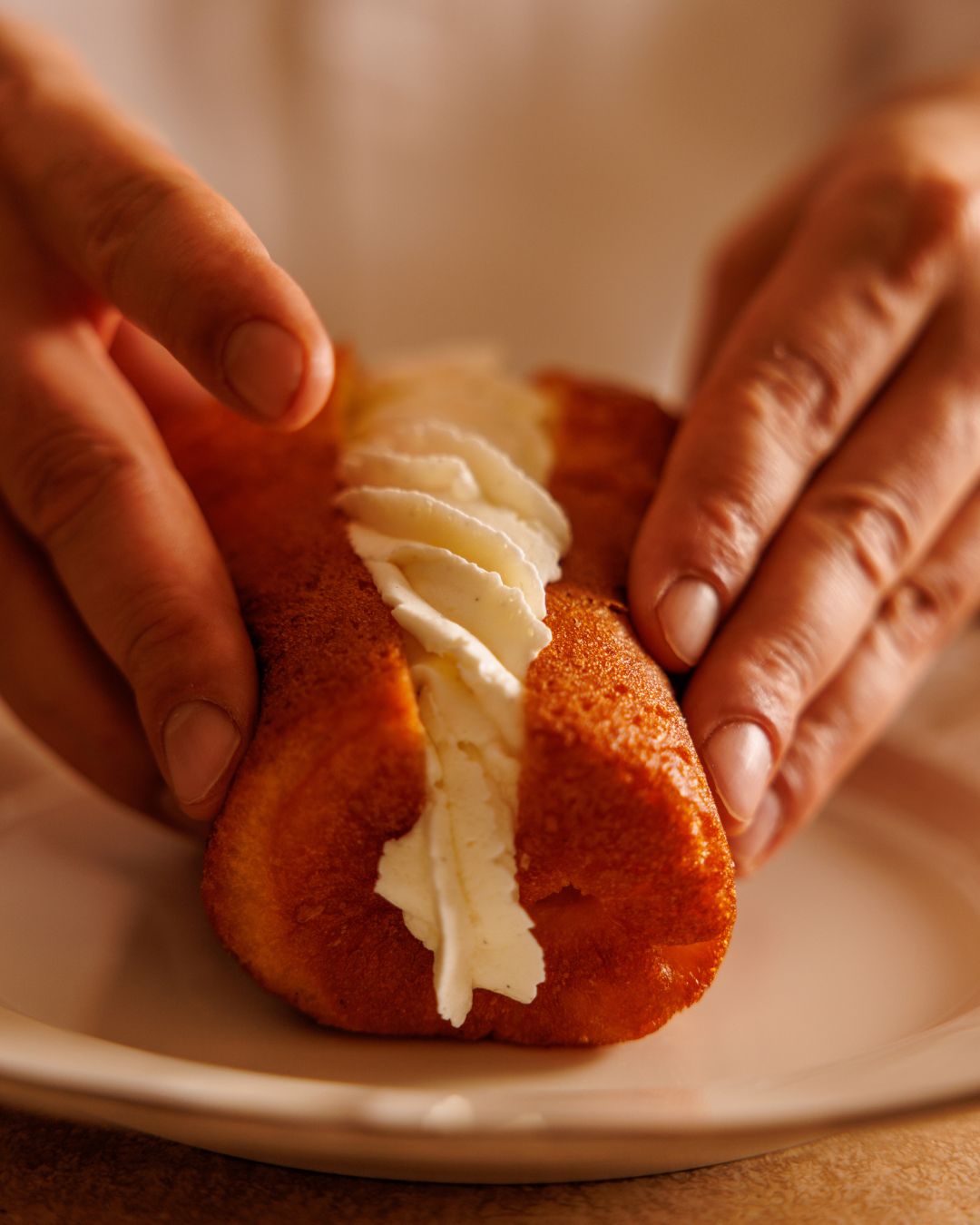
The cocktail bar, spa and suites
From the entrance to the terrace, the scenery opens up to a new concept of urban dimension, although the life of the neighborhood remains the permanent center of gravity of the hotel: the rooftop on the upper floors gives the impression of entering a sort of cosmopolitan prism, with the palette constantly changing by absorbing the variations of light all day (and night) long. Thus, as you climb to the top, a tête à tête with a sly but unusual Rome awaits you , starting with the drink list that “draws inspiration from the craftsmanship of the Monti district, associating the cocktails with the professions of the master shopkeepers” -bartender Flavio Pagano explains.
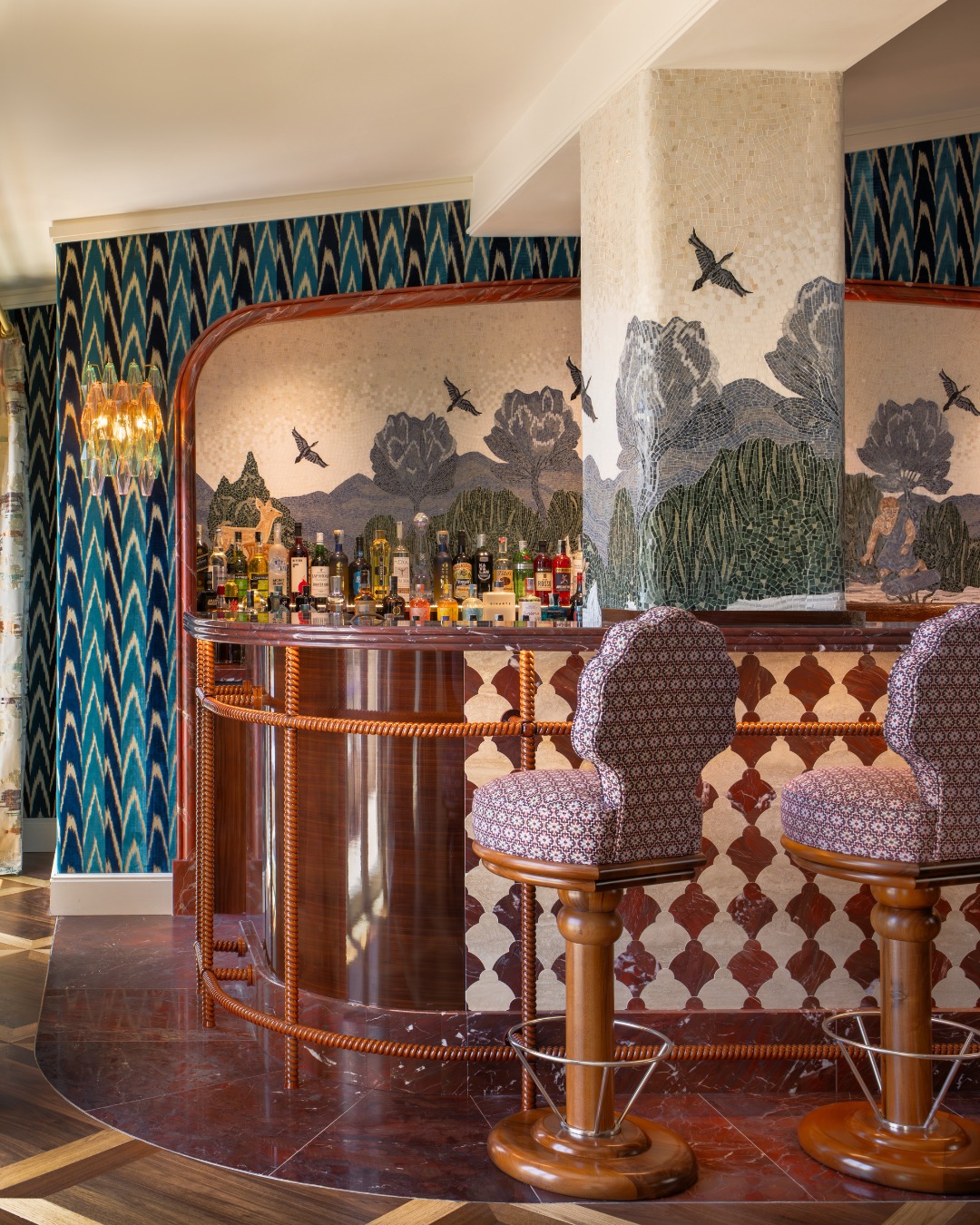
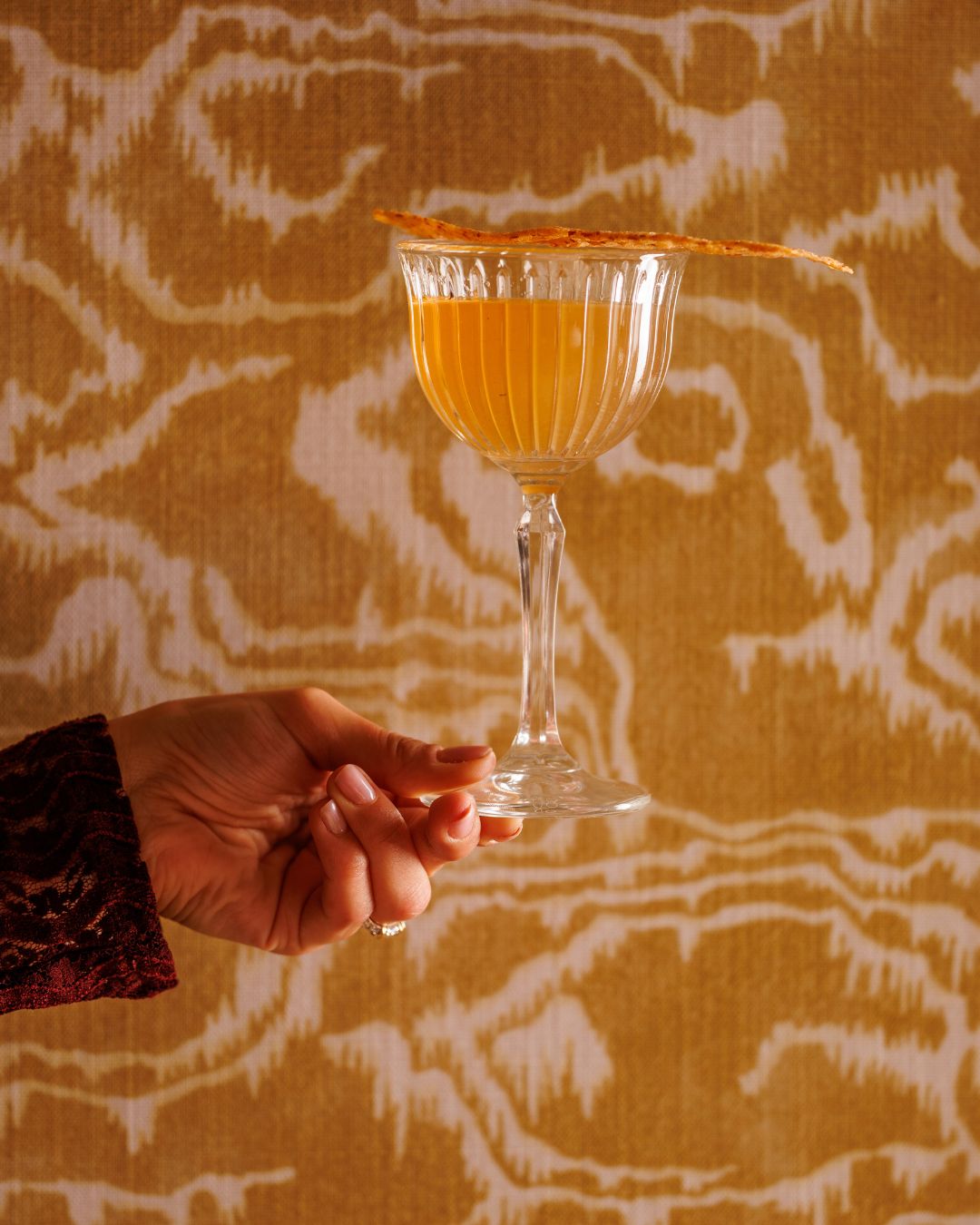
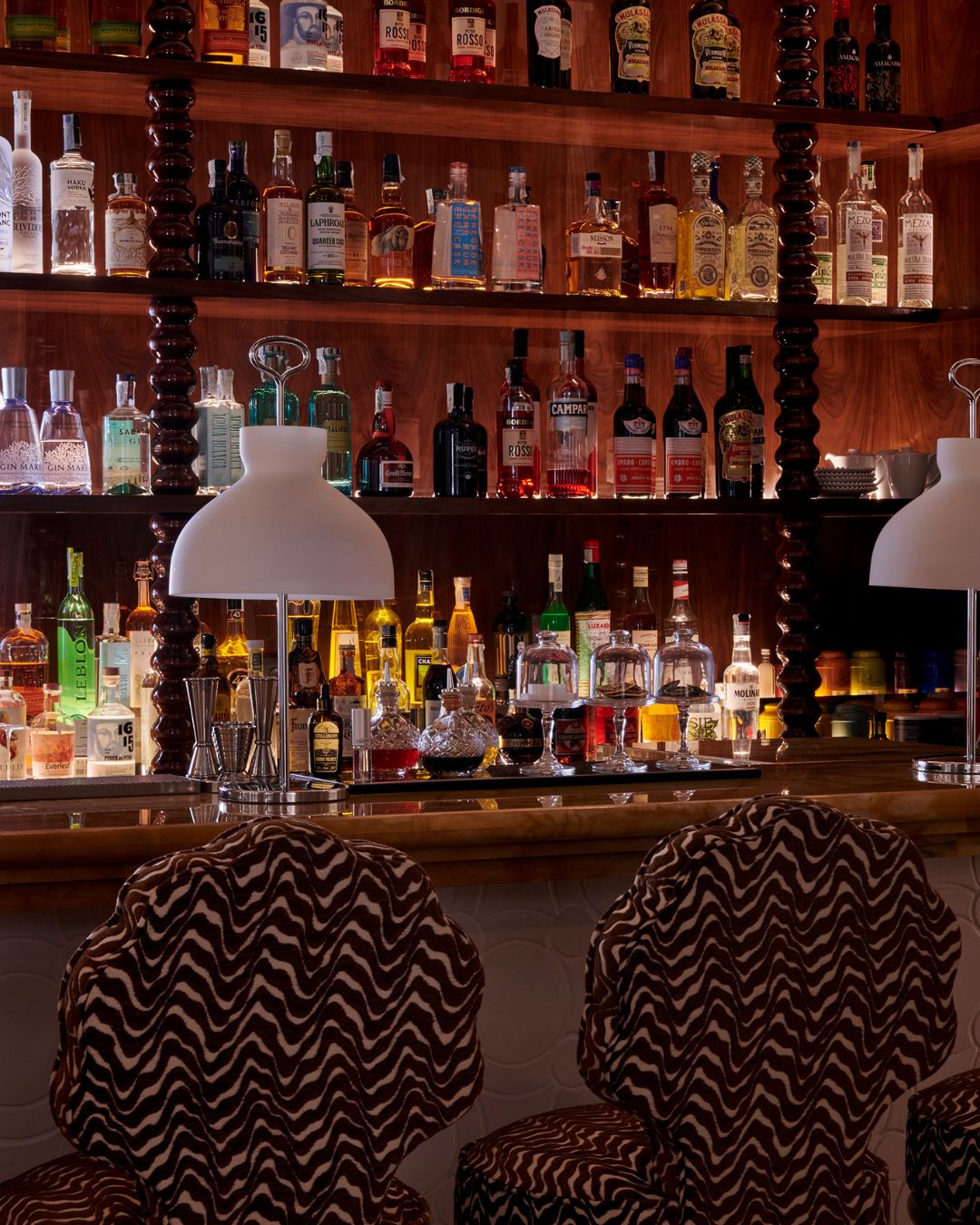
Not surprisingly, the one to have won the patrons' sympathy award in recent months was “La Fioraia”, “made from an infusion of gin, carcadè and mountain flowers. We add a raspberry preparation to it to make the sip sparkling, effervescent and 'summery' with a nice hint of acidity.” The result is a mixing line inclined to accommodate a variety of “gastronomic ” inserts, from the elixir green in drops to reproduce the foam of egg white to the bold tones of chicory coffee to the study of the vegetable in mocktails. A curiosity: the bird perched on the glass of the “Florist” is not a flash-proof quirk, but the “mascot” of the project developed by interior decorator Laura Gonzalez, who wanted to replicate it even in the rooms as a symbol of expressive freedom.
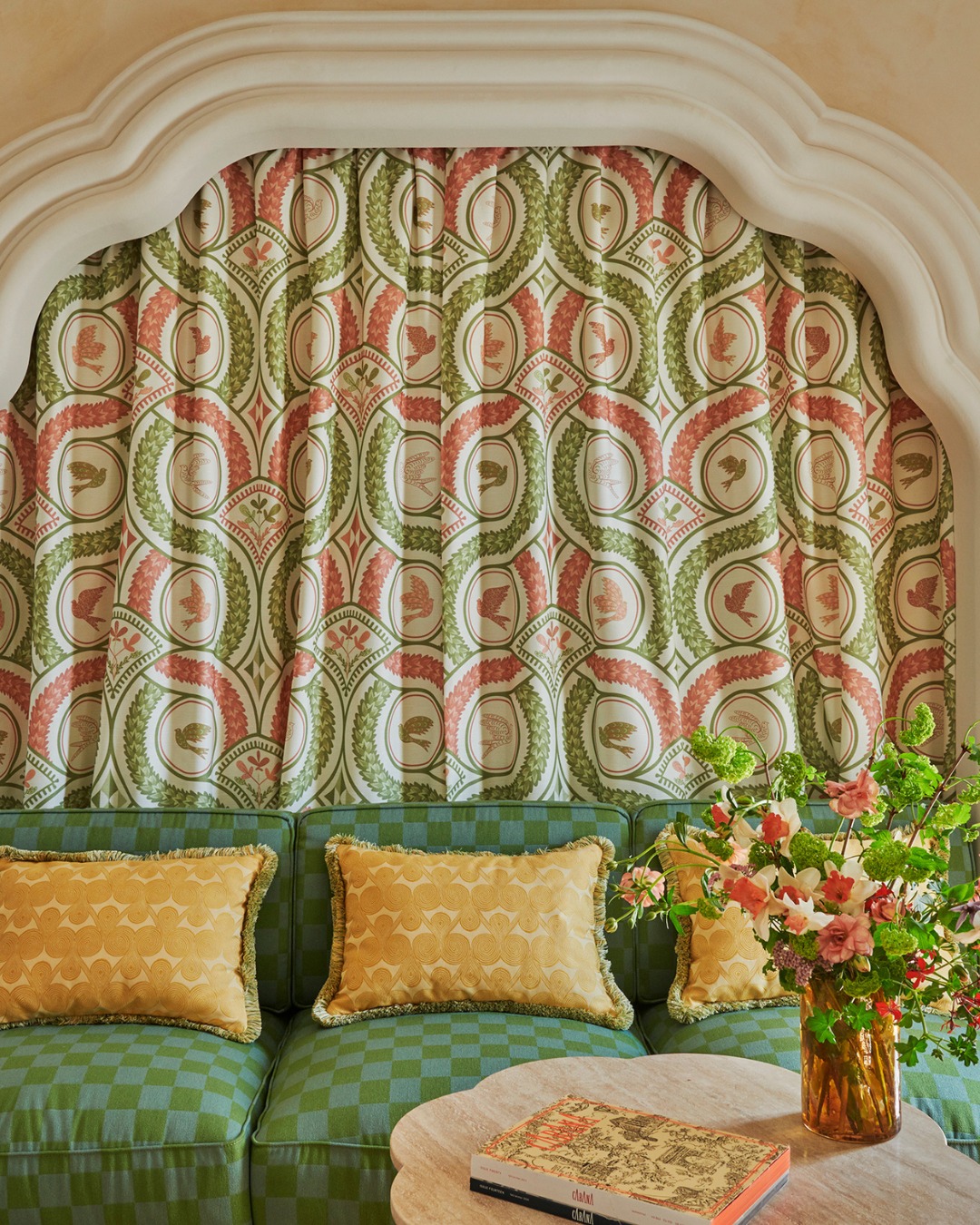
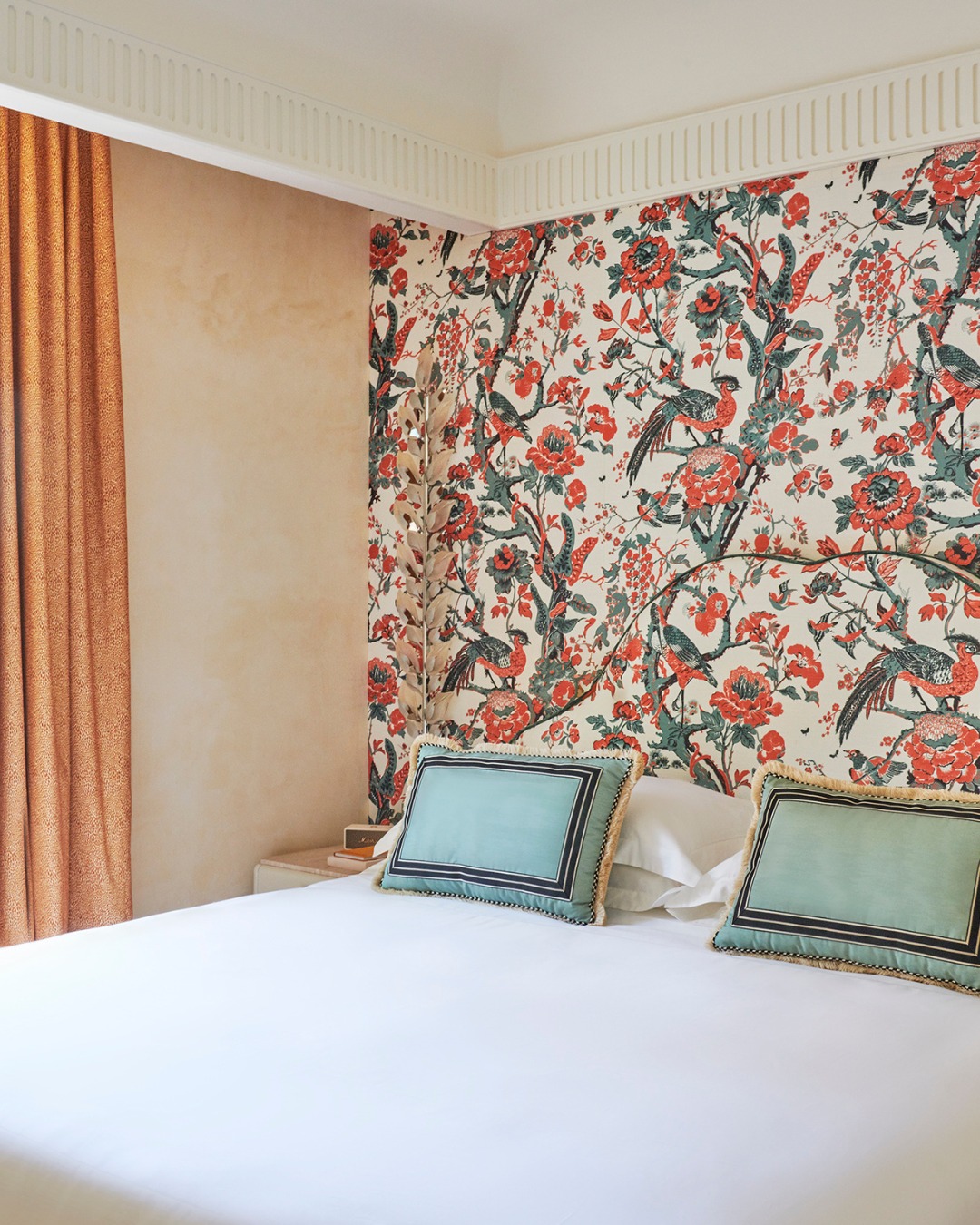

A continuous freestyle of Greco-Roman sculptures, frescoes with botanical references, candelabras and lampshades seems to zealously escort the latest arrivals, setting up a “home sweet home” of design in which the warmth of hospitality is not lost among the meanders of glitz. Needless to say, the same mood runs through the 26 rooms and 10 suites in an alternation of book-dense lounges, checkerboards fit for traveling enthusiasts, and bedheads enlivened by floral motifs.
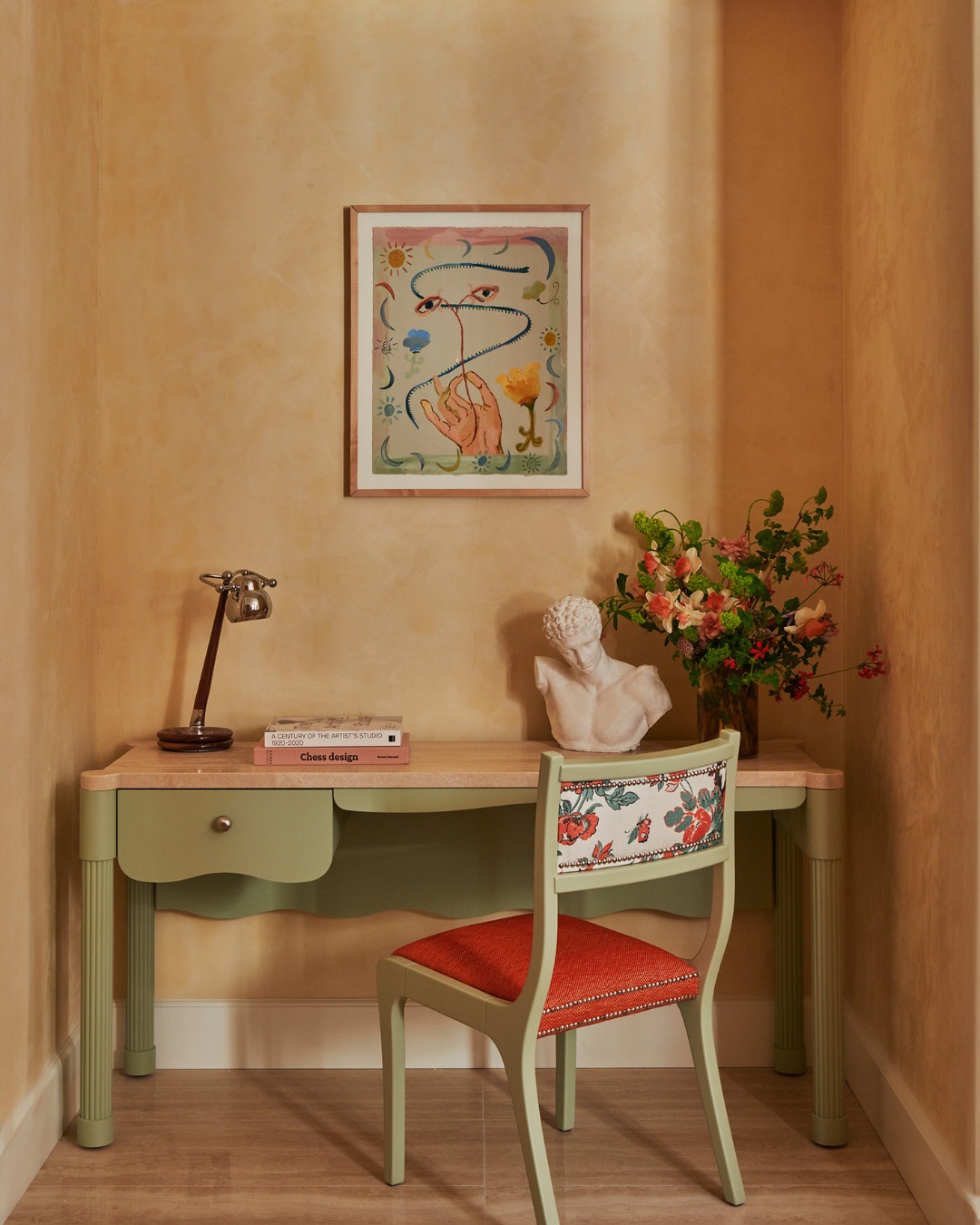
Last but not least, the spa designed in the image and likeness of the ancient Roman baths, whose modern streak gradually emerges from the menu of total-body treatments: it is, to date, the only spa in the city with signature Susanne Kaufmann rituals. All that's left is to chase away oxidative stress with a whirlpool tub with adjacent panoramic window, or take refuge in the fragrances of a long massage with alpine ingredients. Already dreaming of the extra-large breakfast hubby, because Rome has never been so at home.
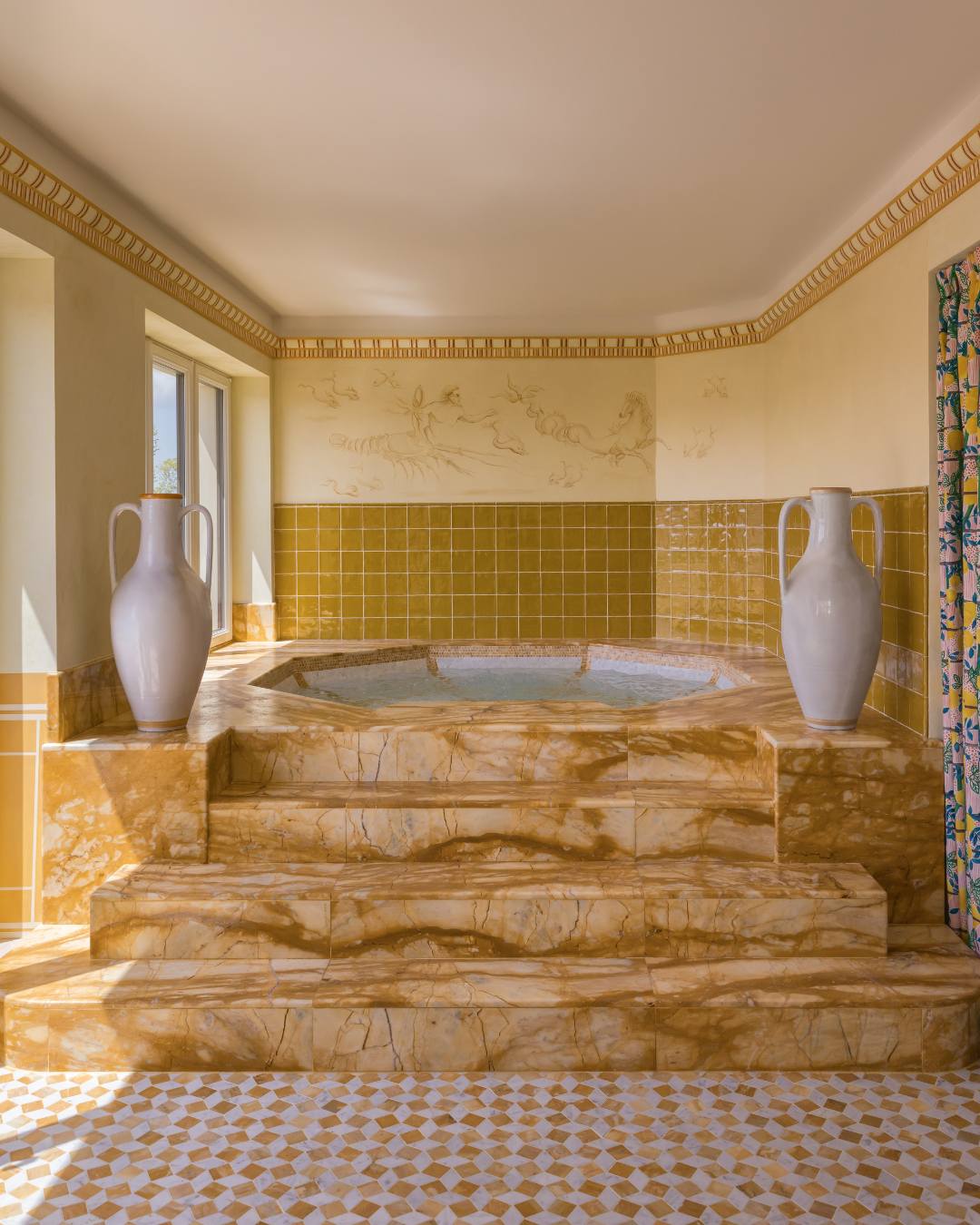
Contact
Casa Monti
Via Panisperna, 210/212
00184 Rome
t. +39 064 522 9523
